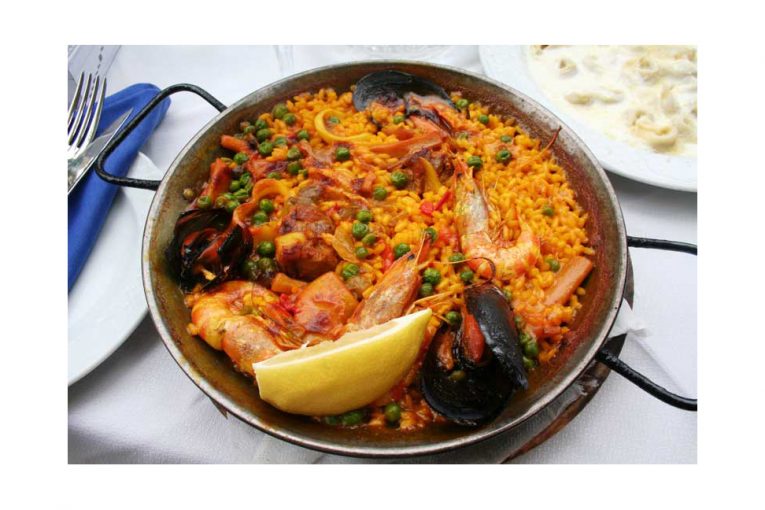The Food Channel Releases Its Top Ten Trends For 2018

The Food Channel has identified what it thinks will be the top ten food trends of 2018. Based on research conducted in conjunction with CultureWaves and the International Food Futurists, the list identifies some of the most significant changes in food anticipated in the coming year. A panel of food editors, writers and chefs helped narrow down the initial list to the final top 10 trends.
“We appreciate the panel of chefs, and food writers and editors who helped us vet this year’s list,” said Kay Logsdon, publisher of The Food Channel. “We enjoyed some healthy debate—there’s a lot going on with the forces influencing food. We explored emerging flavors, individual ingredients, contributing consumer behaviors and industry shifts to help define the biggest influencers.”
This year’s top 10 food trends are:
Screen to table: Food is now one of the ways fans can engage with a brand—and brands are extending themselves by using food in their promotions, even if they aren’t a food brand.
Simple foodies: A movement back to quality, simple food that is both fresher/healthier—as well as more polished and elegant, so consumers can focus more on enjoying the flavors.
Food tourism: A higher level of consumer appreciation for individual regions and specific cultures that influence pop culture and the menu. This is creating a tourism industry based around exploring the cultures and food to which consumers have been exposed.
Innovation in beverage: Beverages have found a solid position as healthy, portable meal replacements, plus they actually have “a lot of interesting things going on,” says The Food Channel, such as cold-press brews and a new focus on non-alcoholic beverages and mocktails.
Underground dining: Where once “underground” meant independent supper clubs and hidden experiences, it has become social-media enabled and more recognized.
Generational influencers: It’s no longer one-size-fits-all. People want something beyond senior menus and kids’ plates. Gen Z, which is considered one of the most ethnically diverse generations in the U.S., is driving interest in ethnic flavors, as well as clean menus and mobile-first service.
Restaurant lifespans: Do restaurants have a lifespan? Demand for unique culinary experiences has led to operators and chefs rethinking the life cycle of restaurants, with opinion being that it’s okay for restaurants to have an expiration date. Not only that, it’s necessary for chefs to continue to grow and explore new foods.
Savory rules: Sweet has been supplanted by savory, and it seems to be a souring of the tongue that is to blame. We are more inclined toward tastes of vinegar, sour and fermented, especially when it comes with a healthy backstory. Sour flavors have been making their ways into the mainstream thanks to consumers embracing cultural flavors, processes and ingredients, as well as the health halo around many fermented foods.
Underserved food regions as the new regional flavors: Instead of simply “Southern” flavors, we now have Nashville hot or Carolina sweet. Instead of “Northeastern,” we have Appalachian. This isn’t limited to menus; it’s what people are planting and growing—raising regional crops in order to explore heritage and heirloom flavors and ingredients.
Buy or be bought: E-commerce is changing the world of retail food. We heard the collective gasp when Amazon bought Whole Foods, apparently just in time to set the agenda around how brick and mortar can play nicely with e-commerce. Next year’s story will be how that integration plays out and changes the way we buy our foods.